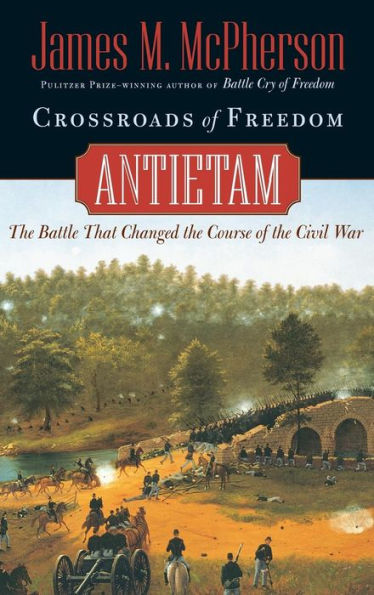5
1
9780195135213



Crossroads of Freedom: Antietam / Edition 1 available in Hardcover, Paperback, eBook

Crossroads of Freedom: Antietam / Edition 1
- ISBN-10:
- 0195135210
- ISBN-13:
- 9780195135213
- Pub. Date:
- 09/12/2002
- Publisher:
- Oxford University Press
- ISBN-10:
- 0195135210
- ISBN-13:
- 9780195135213
- Pub. Date:
- 09/12/2002
- Publisher:
- Oxford University Press

Crossroads of Freedom: Antietam / Edition 1
$37.99
37.99
In Stock

Product Details
| ISBN-13: | 9780195135213 |
|---|---|
| Publisher: | Oxford University Press |
| Publication date: | 09/12/2002 |
| Series: | Pivotal Moments in American History |
| Pages: | 224 |
| Product dimensions: | 9.40(w) x 6.40(h) x 0.90(d) |
About the Author
From the B&N Reads Blog
